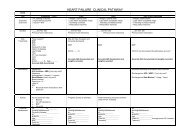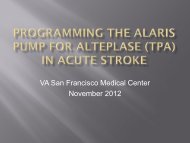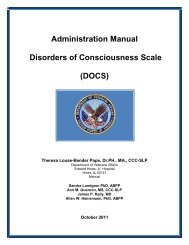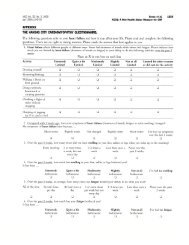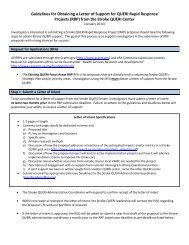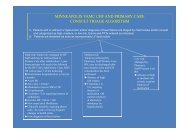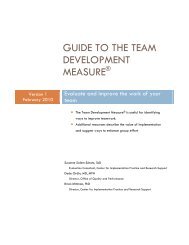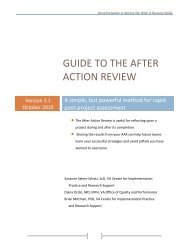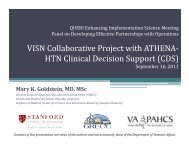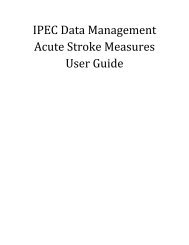The Veteran Supported Education Service Treatment Manual: VetSEd
The Veteran Supported Education Service Treatment Manual: VetSEd
The Veteran Supported Education Service Treatment Manual: VetSEd
You also want an ePaper? Increase the reach of your titles
YUMPU automatically turns print PDFs into web optimized ePapers that Google loves.
<strong>VetSEd</strong> Key Characteristics<br />
A. Community Integrated, Mobile <strong>Service</strong><br />
B. Driven by <strong>Veteran</strong> Choice<br />
C. Variable <strong>Service</strong> Intensity, Continuous Assessment, and Time Unlimited Support<br />
D. Individualized and Flexible Supports<br />
E. A <strong>Supported</strong> <strong>Education</strong> Provider who is a <strong>Veteran</strong> Peer<br />
F. Clinical Integration<br />
G. Engaging Other Key Players<br />
A. Community Integrated, Mobile <strong>Service</strong><br />
Over recent decades it has become standard practice for rehabilitation services to be<br />
provided in normalized settings that are completely integrated into the community.<br />
Similarly, <strong>VetSEd</strong> supports the <strong>Veteran</strong> to succeed in ―real‖ educational programs. <strong>The</strong>se<br />
settings are fully integrated, normalized academic and training environments, rather than<br />
segregated special classrooms and/or programs. <strong>The</strong> term ―real‖ educational programs<br />
refers to community-based, accredited schools and training programs that are available to<br />
the public and that would qualify for GI Bill benefits.<br />
Like supported employment (Becker & Drake, 2003), <strong>VetSEd</strong> is designed to be ―mobile,‖<br />
meaning that supports are provided both at VA clinical settings and in the community.<br />
Community is defined as ―where the <strong>Veteran</strong> is,‖ including, for example, at his/her home,<br />
at the school, at the <strong>Veteran</strong>s Benefits Administration (VBA) office, or at other relevant<br />
community settings. Being mobile will require the peer <strong>VetSEd</strong> providers to have access<br />
to government vehicles and equipment (cell phones and/or laptops) because they will be<br />
spending much of their time away from VA settings at various locations in the<br />
community.<br />
B. Driven by <strong>Veteran</strong> Choice<br />
A central tenet of psychiatric rehabilitation programs is that goals, activities, and services<br />
should be completely voluntary and driven by <strong>Veteran</strong> preference. This tenet is both<br />
values-based (the right thing to do), and outcomes-based (the effective thing to do).<br />
Research has shown that people with psychiatric disabilities are able to generate job<br />
preferences that are stable and realistic and this is also applicable to <strong>Veteran</strong>s making<br />
choices about their education.<br />
19 | P a g e



